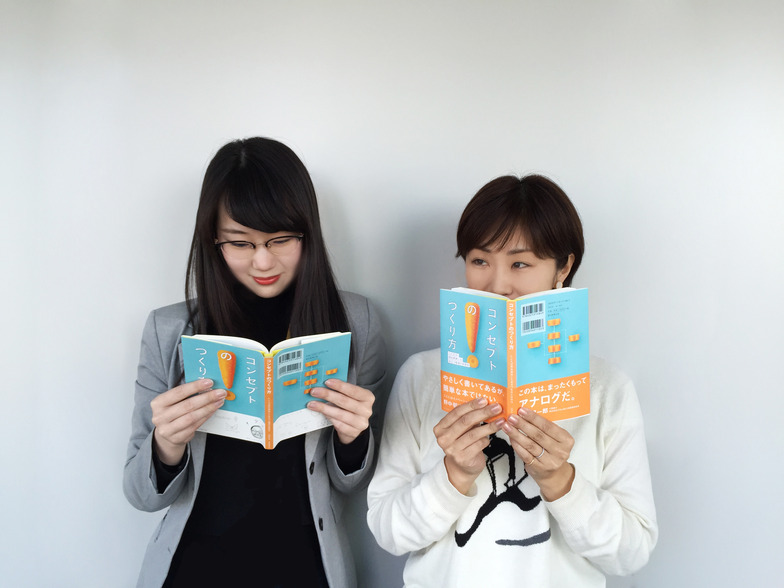Now, I have absolutely no intention of dismissing digital technology. The world is rapidly becoming more convenient in countless ways. It's also clear that no industry can remain untouched by digital technology going forward. The very fact you're reading this article is a benefit of that progress.
But the idea that big data can fully automate all marketing decisions still seems fishy. And if there's a prevailing notion that sprinkling a little digital technology magic dust will magically produce innovation, well, I think that's a bit off the mark.
Management scholar Professor Ikujiro Nonaka identified two interacting forces behind innovation: "organizations and individuals" and "explicit knowledge and tacit knowledge." He clarified that innovation requires not only objective, digital explicit knowledge, represented by numerical data, but also subjective, embodied tacit knowledge like intuition and experience. In the 2013 publication The Oxford Handbook of Management Theorists, Professor Nonaka is recognized as one of 24 great management theorists alongside such luminaries as Frederick Taylor, Elton Mayo, and Peter Drucker. A major reason for this recognition is precisely this tacit knowledge. Isn't ignoring it and going for "digital, quick and easy" a bit too simplistic?
Precisely because we live in this era, we must reconsider the physical thinking methods that drive innovation. I published *How to Create Concepts: Dentsu Inc.'s Thinking Methodology, Useful for Product Development* (Asahi Shimbun Publications, released March 7) to clarify a methodology that harnesses experience and intuition—distinct from "logical thinking" that focuses solely on digital, logical, and correct reasoning.

Management Axis and Communication Axis
This book organizes physical thinking along two axes. One is the management axis, which seeks connections by "solving problems with concrete concepts to realize a vision." The other is the communication axis, which aims to move the target audience's feelings (by solving problems with concepts) and connect them to products or services. Physical thinking combines both: the "logical" approach centered on the brain, like the former, and the "intuitive" approach centered on the body, like the latter.
If we define innovation as "things or events that bring irreversible change to people's actions, habits, and values," then mechanisms to move people's emotions are essential. And since humans are fundamentally analog, analog methodologies (long the forte of advertising creatives) are indispensable for driving innovation.
Kenichiro Kurita of 47CLUB Inc., who wrote the commentary for this book, told me, "This book is utterly analog!" While being anachronistic (outdated) would be problematic, I'm proud to accept the compliment that it's "analog!"
Another highlight was receiving a recommendation from Professor Nonaka himself: "It's written accessibly, yet it's no simple book. Here lies the essence grounded in innovation theory." He valued how it discusses management theory from a practitioner's perspective, rather than just personal know-how or how-to tips. I'm truly grateful.
The book design, featuring easy-to-understand illustrations, is by Riko Ishizaki, while the smart and charming cover design is by Maho Kudo. This book is packed with "food" episodes so you can enjoy reading it not just with your brain, but with your whole body. That's why the cover turned out like this.

Ms. Ishizaki (left) and Ms. Kudo (right). Thank you!!
It should be hitting bookstore shelves soon. Please pick up a copy and take a look.
Enjoy!





